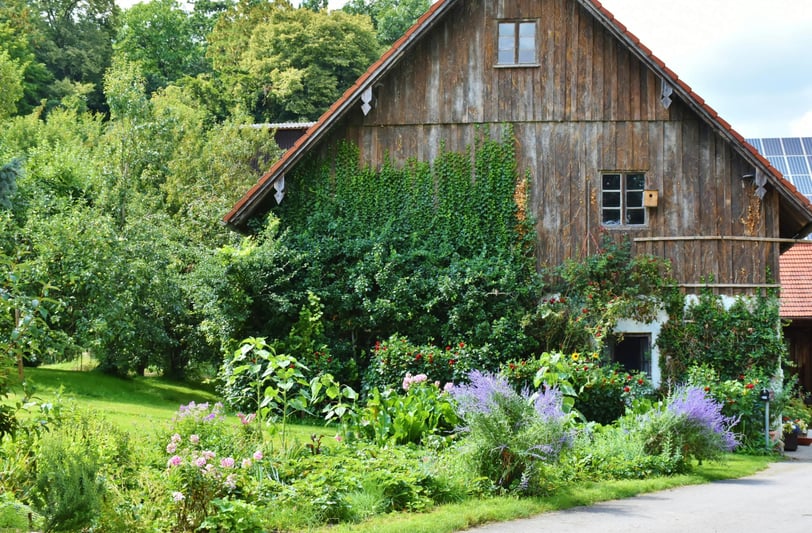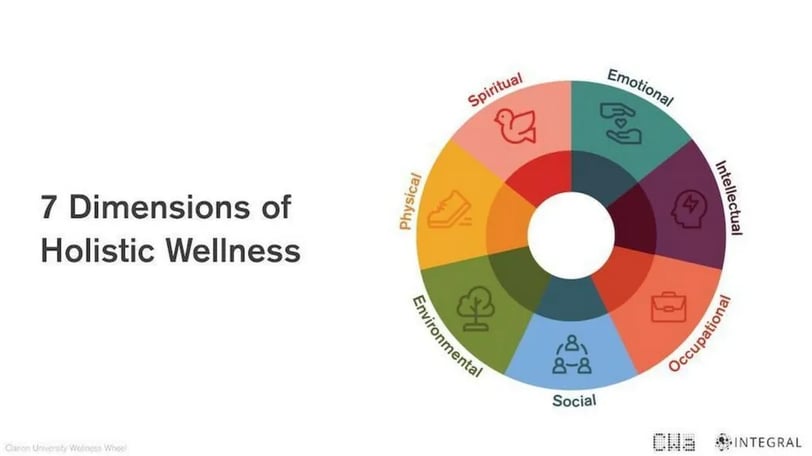Holistic Architecture: Designing Spaces That Give Back
The Sustainability Blueprint breaks down the concept of Holistic Architecture — designing spaces that work with the planet, not against it. From energy-efficient homes to eco-friendly materials, discover practical ways to build for a better future. Let’s rethink architecture beyond aesthetics and make it truly sustainable.
Faith Ogundare
12/2/20243 min read


Architecture school teaches you so many things. One of them is to look at design from an empathetic perspective—to step into the shoes of the people who will live, work, and grow in the spaces you create. But what if we took that a step further?
What if we designed not just for people, but for the planet?
That’s the heart of Holistic Architecture—a way of designing that’s not just about making buildings beautiful or functional but ensuring they actively contribute to the environment, society, and future generations.
What Is Holistic Architecture?
At its core, Holistic Architecture is about balancing art, science, and responsibility. It’s about designing spaces that don’t just sit there but actually help—help the environment, help communities, and help future-proof our world.
It’s built on four key ideas:
Climate Change Mitigation – Designing in ways that reduce pollution and energy use. Think solar panels, smart energy systems, and low-impact materials.
Adaptation – Creating spaces that can withstand unpredictable weather and challenges like flooding, extreme heat, or storms.
Restorative Design – Going beyond “sustainability” to heal the environment—restoring ecosystems, regenerating landscapes, and promoting biodiversity.
Climate Justice – Making sustainable, resilient design accessible to all—not just for those who can afford it.


How Does This Look in Real Life?
Let’s say you’re designing a family home. Holistic Architecture means thinking beyond just aesthetics and function. It’s about designing a home that gives back.
✔ Solar panels + rainwater harvesting – Reducing reliance on fossil fuels and ensuring water efficiency.
✔ Eco-friendly, locally sourced materials – Cutting down emissions while supporting local economies.
✔ Passive cooling & heating – Designing to keep the house cool in summer and warm in winter without excessive energy use.
✔ A regenerative garden – Using native plants to attract bees, butterflies, and birds, helping local ecosystems thrive.
✔ Smart landscaping – Preventing flooding, reducing heat, and adapting to a changing climate.
It’s about shifting our perspective: buildings aren’t just structures; they are part of a bigger ecosystem.
Dimensions towards Holistic Development _©Clarion University / www.workdesign.com/2021/06/bring-your-whole-self-to-work-designing-for-holistic-employee-wellness/


Rethinking Architecture: Two Questions to Ask
As an environmental steward ,when looking at a design—whether it’s your own, a case study, or a famous project—don’t just admire the sleek visuals. Instead, ask:
1️⃣ How does this space make life better for both people and the planet?
2️⃣ How can I, as an architect, go beyond the project brief and do the right thing for the world?
Holistic Architecture isn’t about blindly following trends. It’s about making conscious, informed choices that shape a better future.
The best buildings don’t just stand still—they give back.
References
Bullard, R. (2008). Dumping in Dixie: Race, Class, and Environmental Quality. Westview Press.
Dunnett, N., & Kingsbury, N. (2008). Planting Green Roofs and Living Walls. Timber Press.
IPCC. (2022). Climate Change 2022: Mitigation of Climate Change. Intergovernmental Panel on Climate Change.
Mang, P., & Reed, B. (2012). Regenerative Design and Development. John Wiley & Sons.
Mollison, B., & Holmgren, D. (1978). Permaculture One: A Perennial Agriculture for Human Settlements. Tagari Publications.
Olgyay, V. (1963). Design With Climate: Bioclimatic Approach to Architectural Regionalism. Princeton University Press.
Röck, M., Saade, M. R., Balouktsi, M., et al. (2020). Embodied GHG emissions of buildings – The hidden challenge for effective climate change mitigation. Renewable and Sustainable Energy Reviews, 119.
UN-Habitat. (2021). Cities and Climate Change: Global Report on Human Settlements. United Nations Human Settlements Programme.
US Green Building Council. (2023). LEED v4.1: A Guide to Green Building Strategies.
Photo by Antoni Shkraba: https://www.pexels.com/photo/person-using-macbook-pro-on-brown-wooden-table-5244002/
